Workplace Noise Assessment
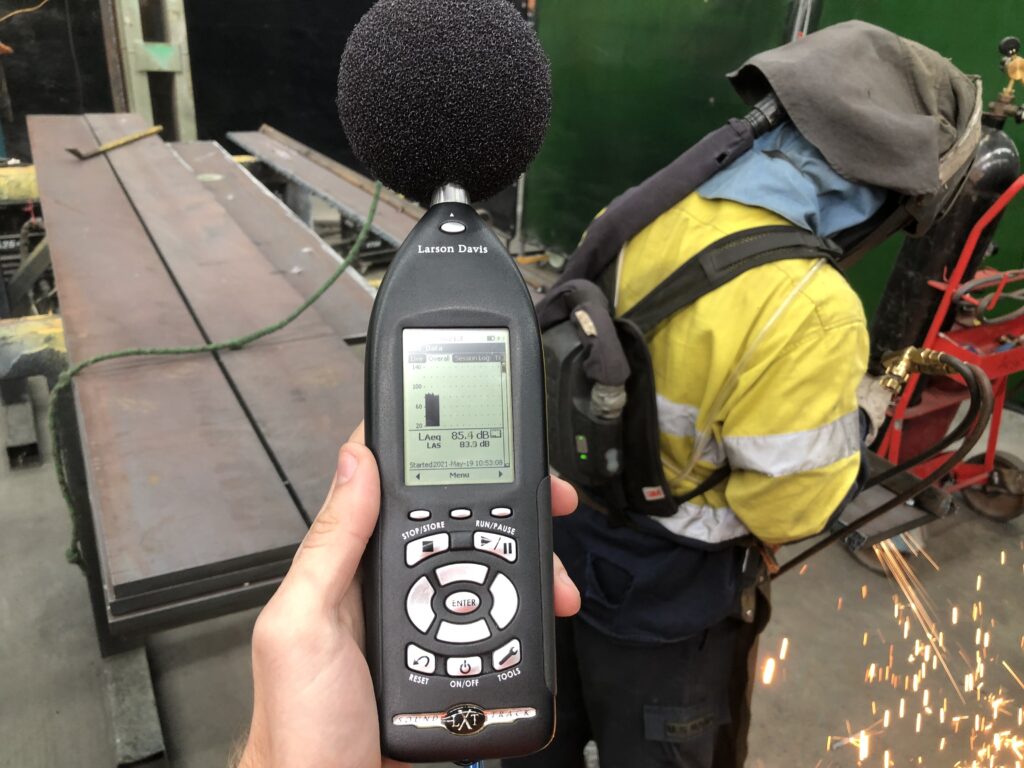
What is Hazardous Noise that Requires Workplace Noise Survey & Assessment?
Hazardous noise levels can destroy the ability to hear clearly resulting in Noise Induced Hearing Loss (NIHL) and can also make it more difficult to hear sounds such as instructions or warning signals necessary for working safely. In this context, hazardous noise means noise level that exceeds the workplace exposure standard (WES) for noise in the workplace as defined by the Work Health & Safety Regulation that in most cases requires undertaking a detailed noise survey and assessment by a professional such as an occupational hygienist. There are two parts to the WES for evaluating workplace noise exposure because noise can either cause gradual hearing loss or immediate hearing loss. The two parts of the WES are:
- LAeq,8h of 85dB(A) – that is an 8-hour time-weighted average (8-hour TWA) exposure that is averaged over the duration of the shift which if exceeded would cause damage to hearing over a period of time; or
- LC,peak of 140dB(C) – that is sudden impulse noise from activities such as hammering, explosion, gun shot, being so loud that if exceeded would cause immediate damage to hearing.
As of 01 January 2024, a PCBU operating in NSW will be required to provide audiometric testing to workers who are frequently required to use personal protective equipment (hearing protection) to protect the worker from the risk of hearing loss associated with noise that exceeds the exposure standard for noise.
What is included in the Workplace Noise Survey, Noise Measurements and Assessment?
Health Safety Consultants qualified occupational hygienists carry out expert level workplace / occupational noise surveys, noise measurements and noise exposure assessments in accordance with the methods described in Australian Standards AS/NZS 1269 (occupational noise measurement and management) and the WHS/OHS Authority Codes and Guidelines in order to identify problems areas and develop compliance noise reduction strategy for your workplace in accordance with the hierarchy of controls.The process will be documented in a comprehensive workplace noise survey and assessment report. We also offer onsite audiometric testing (screening) using our mobile audiometric booth.
Health Safety Consultants occupational noise surveys, measurements and noise exposure assessments involve the following:
- Initial review of workplace facilities to identify noisy operations including plant & equipment, processes, work areas, determination of Similar Exposure Groups (SEG), ototoxic substances, hand-arm vibration activities, previous noise surveys and assessment reports and existing control measures adopted in the workplace including details of hearing protection devices used (HPDs)
- Undertaking walkthrough noise survey using calibrated (NATA accredited calibration) Type 1, Class 1 precision Sound level Meter (SLM) for short-term spot noise measurements and worker-worn personal noise dosimeters (shift duration) for estimation of personal daily noise exposure to assist in the noise exposure assessment
- Assessment of noise exposure for individual operators, SEG and work areas by comparing with the workplace noise criteria
- Evaluation of Hearing Protection Devices (HPD)
- Noise contour and map development based on supplied floor plans
- Development of Noise Management Plan
- Provision of comprehensive workplace noise assessment report
- Compliance audit of noise arrangements and documentation in the workplace in accordance with codes and standards
- Audiometric testing (screening) and assessment onsite using our mobile audiometric booth
Our certified occupational hygienists regularly provide expert witness reports for cases where NIHL has been detected that may relate to workplace exposure and evaluation of workplace noise exposure is required.
Health Safety Consultants occupational hygienists would be pleased to assist you with your workplace noise assessment or noise survey. Click the request a quote icon and submit background information regarding the required assessment or specific concerns. Our professional staff will review this information and respond to your request within 24 – 48 hours.
Health Effects of hazardous workplace noise that require noise survey and assessment?
Hazardous noise affects the functioning of the inner ear, which may cause temporary hearing loss known as temporary threshold shift. After a period of time away from noise, hearing may be restored. Further exposure to hazardous noise will cause the ear to gradually lose its ability to recover and the hearing loss becomes permanent. Permanent hearing loss can occur suddenly if a person is exposed to very loud impact noise. This type of damage is known as acoustic trauma. Destruction of hair cells in the inner ear from exposure to noise results in permanent hearing loss. The destroyed hair cells cannot be replaced or repaired.
Exposure to Ototoxic Substances such as a number of common industrial chemicals (eg. solvents, lead) and some medications can also cause hearing loss or exacerbate the effects of noise on hearing. Ototoxic substances absorbed into the bloodstream may damage the cochlea in the inner ear and/or the auditory pathways to the brain, leading to hearing loss and tinnitus. Hearing loss is more likely if exposure is to a combination of substances or a combination of the substance and noise. There is also some evidence that exposure to hand transmitted vibrations (hand-arm vibration) can exacerbate the effects of noise on hearing. More frequent audiometric testing is recommended in the workplace where exposure to noise and ototoxic substances and/or hand-arm vibration is likely to occur.
People have different susceptibility to hearing loss from noise. Research shows daily noise exposure levels below 75 dB(A) averaged over an 8-hour period, or instantaneous peak noise levels below 130 dB(C) are unlikely
to cause hearing loss. When noise levels increase, the risk becomes greater. The noise WES set by the WHS Regulation should protect the majority but not all people. In this context, exposure to workplace noise should be kept lower than the WES for noise if reasonably practicable.
Managing Noise and Preventing Hearing Loss at Work Code of Practice notes that noise exposure at levels below those that would cause hearing damage can have other adverse health effects. This usually happens when noise chronically interferes with concentration and communication that when persistent may increase the risk of fatigue and cardiovascular disorders including high blood pressure and heart disease. No safe levels to guard against these effects have yet been fully determined. as a guide, the risk of adverse health effects can be minimised by keeping noise levels, including the noise from other work being carried out within the workplace, below:
- 50 dB(A) where work is being carried out that requires high concentration or effortless conversation (eg. office environment)
- 70 dB(A) where more routine work is being carried out that requires speed or attentiveness or where it is important to carry on conversations (eg. warehouse or industrial office facility).
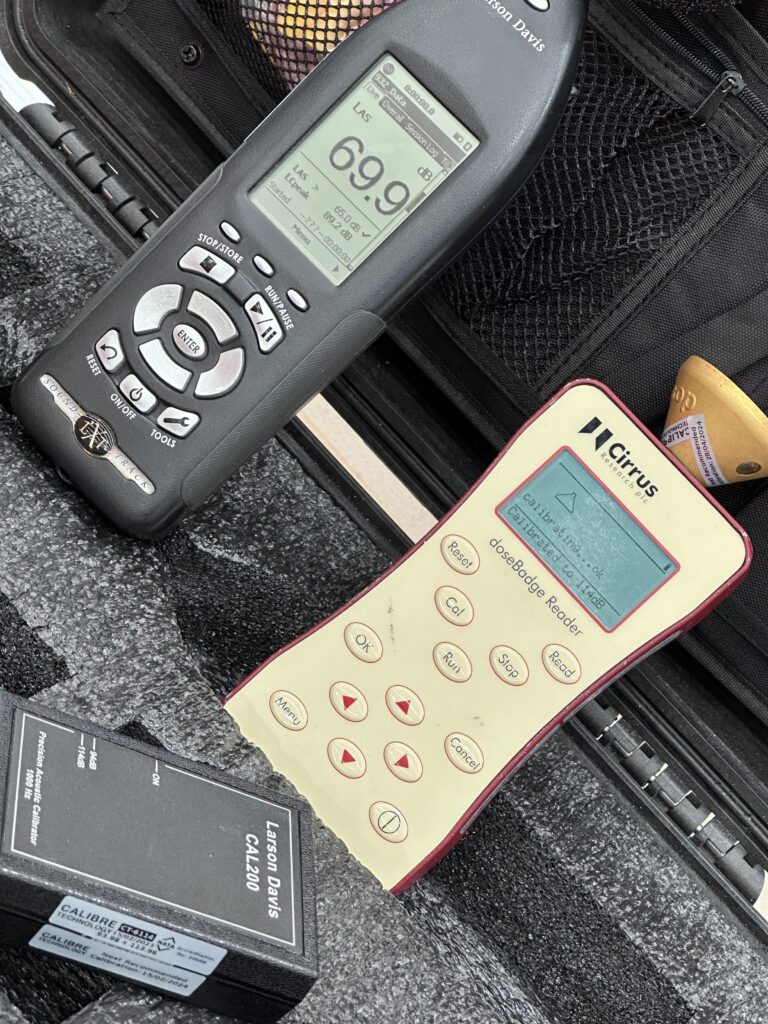
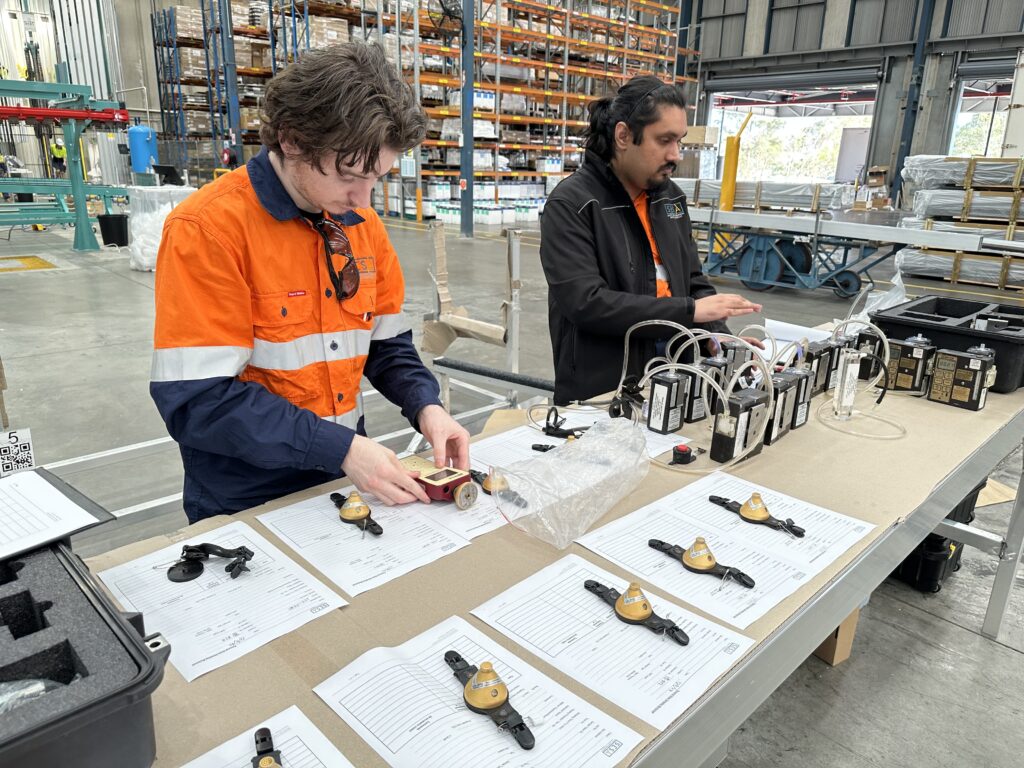
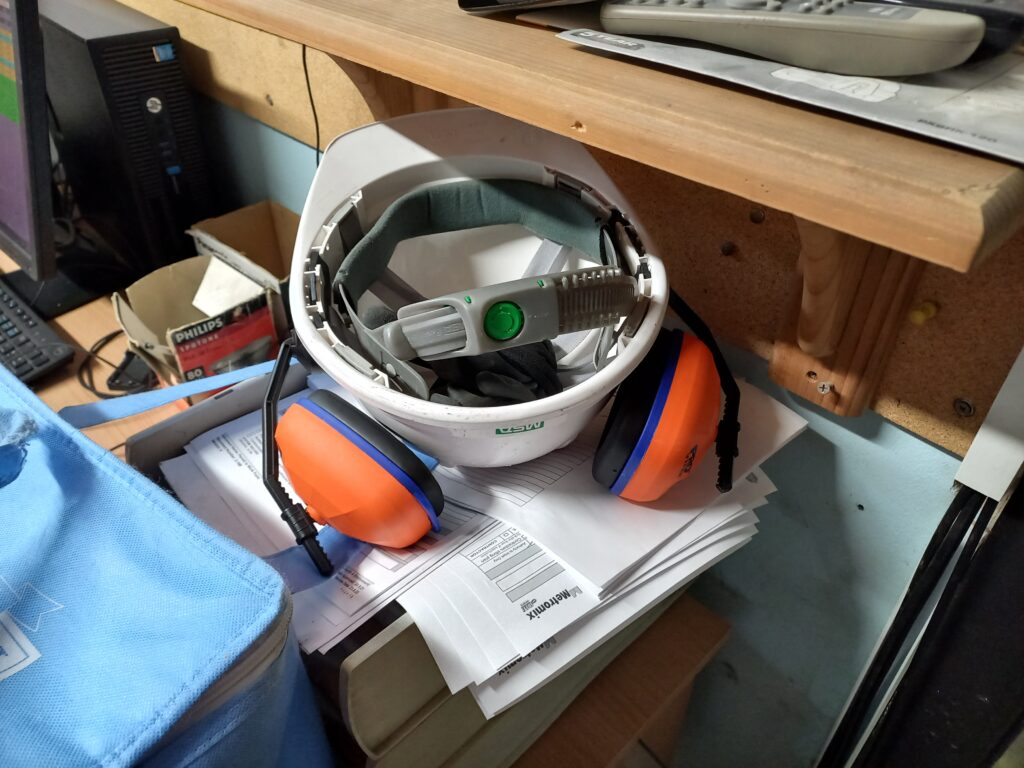
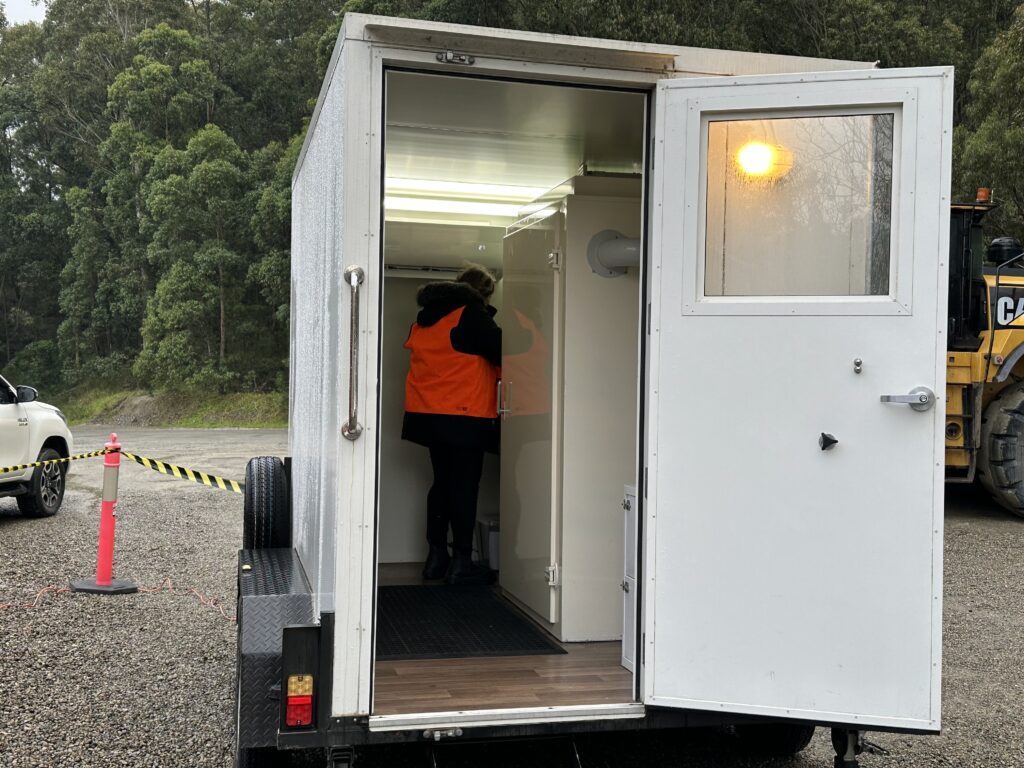
Noise Survey for the Identification and Management of Hazardous Workplace Noise
Under the Work Health & Safety Legislation, a Person Conducting a Business or Undertaking (PCBU) have a duty of care to, identify hazardous noise in the workplace, undertake workplace noise assessment to evaluate the risk of exposure to hazardous noise, eliminate, or if not reasonably practicable to eliminate, minimise the worker’s exposure to excessive workplace noise by implementing controls in accordance with the hierarchy of controls. Consultation with workers and other duty holders is required throughout the process. Risk control measures will require review as required to ensure they remain effective.
The first step in managing noise issues in the workplace involves undertaking an occupational noise survey by a competent person in order to identify workplace operations, machinery and plant emitting hazardous noise levels exceeding the exposure standards.
Noise management in the workplace also requires a thorough understanding of workplace operations and devising a range of control measures in accordance with the hierarchy of controls including engineering and administrative controls and the development of Noise Management Plan (NMP) to ensure adequate reduction of the risk for Noise Induced Hearing Loss (NIHL).
Managing the risks related to noise will assist in:
- protecting workers from hearing loss and disabling tinnitus (ringing in the ears or head)
- improving the conditions for communication and hearing warning sounds
- creating a less stressful and more productive work environment.
